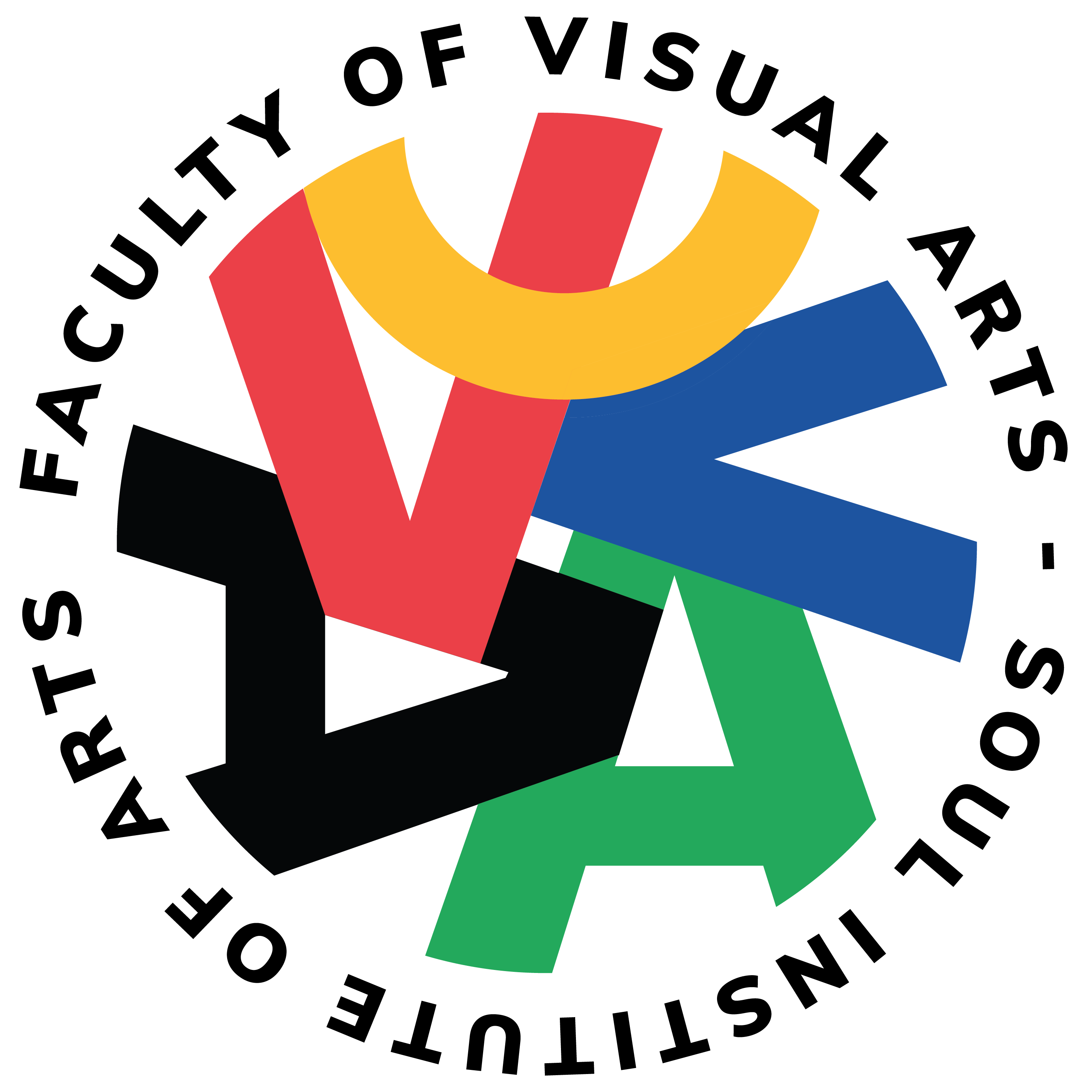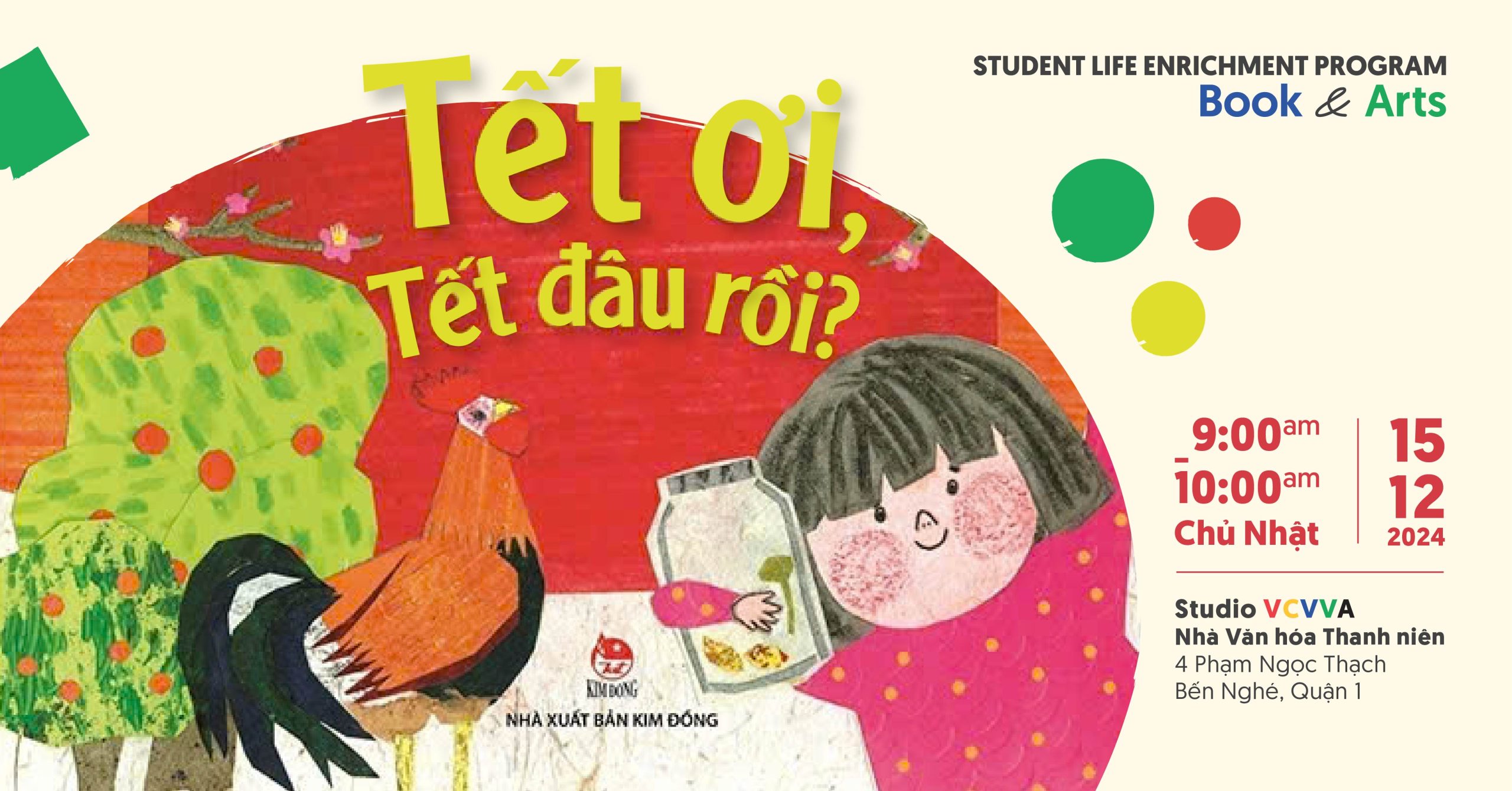WHAT HINDERS CHILDREN’S CREATIVITY?
“If creativity is a natural state in children, then what happens when we grow up? Many people will recognize themselves in the childhood story of Teresa Amabile, who is now a creativity expert.
‘When I was in kindergarten, my most beloved teacher, Ms. Bollier, came to my house for the end-of-year parent-teacher meeting with my mother. Of course, I eavesdropped on this conversation from the next room.’
Teresa was thrilled to hear Ms. Bollier tell her mother, ‘I think Teresa has a lot of potential in artistic creativity, and I hope to see her development gradually over the years.’
‘I didn’t know what creativity meant at that time,’ Teresa recalls, ‘but it sounded interesting!’
‘When I was in kindergarten,’ Teresa continues, ‘I remember running into the classroom, excited to look at the art frames and play with all those bright colors and big brushes. And there, we had a table full of tools and materials for everyone to freely experiment with. I remember coming home after school, always telling my mom that I loved playing with crayons, that I wanted to color, and I wanted to draw.’
But after the ‘peak’ period in kindergarten, Teresa’s artistic journey began to decline. In the following years, Teresa enrolled in a traditional and strict school, and everything changed from there. ‘Instead of the freedom we had before, art became just another subject, confined to an hour and a half every Friday afternoon,’ she recalls.
As time went by, nothing changed in the elementary school art classes, but they became even more restrictive and tedious. ‘We would be given copies of a masterpiece each week. For example, when I was in second grade, there was a week when the whole class received photocopies of da Vinci’s Adoration of the Magi.’

The artwork “Adoration of the Magi” (1481) by the renowned artist Leonardo da Vinci (Image link: https://en.wikipedia.org/wiki/Adoration_of_the_Magi_(Leonardo)
“You could use this activity when practicing art appreciation, but the teachers back then used it for a completely different purpose. We were assigned the task of copying the paintings using the available drawing tools. It was really confusing for second graders like us to copy da Vinci’s painting with only flimsy paper and children’s crayons at hand!
Our skills at that age hadn’t developed enough to fit all those horses and angels onto one page, not to mention making them look recognizable. It was truly sad to see our own ineptitude being displayed right before our eyes.
We received no support to develop our skills. Worse yet, we were graded on the mess we created. This made us feel constantly judged. At that time, I became aware that I was gradually losing the motivation to practice art. And when I got home and saw the drawing tools, I didn’t feel anything anymore.”
THINGS THAT HINDER CHILDREN’S CREATIVITY
The psychological pressures on a child’s creativity occur very early and can begin from the early years of life. Most children in preschool, kindergarten, and even first grade love school and often show enthusiasm for exploration and learning. However, by the time they reach third or fourth grade, many begin to lose the joy of going to school and their own creative enjoyment.
Dr. Amabile’s research has identified the following factors that contribute to hindering children’s creativity:
- Surveillance: This occurs when there is constant oversight, making children feel they are always being watched while they work. Excessive observation stifles the urge to experiment and be creative.
- Evaluation: This happens when someone instills anxiety in children about how others will judge their work. Children should focus on their own satisfaction with the process and the end product rather than worrying about evaluations, grades, or the opinions of others.
- Rewards: Overusing rewards such as stars, money, or toys can diminish the natural joy derived from creative activities.
- Competition: Placing children in win-lose situations where only one person can come out on top can be detrimental. A child should be allowed to develop at their own pace through healthy competitions that foster teamwork.
- Over-control: This involves dictating how children should do everything—homework, chores, and even play. Parents and teachers often confuse micromanagement with guidance, making children feel that their originality is wrong and that all exploration is a waste of time.
- Restricting choice: This occurs when adults or others decide which activities a child should engage in, rather than letting them follow their curiosity and passion. Children should be allowed to choose what interests them and be supported in those choices as much as possible.
- Pressure: Setting high expectations on how children should express themselves can backfire. For example, requiring children to learn the alphabet or math before they develop an interest can easily lead to avoidance of the subject.
However, one of the biggest factors affecting children’s creativity is so familiar and deeply rooted in our culture that it often goes unnoticed: time.
If intrinsic motivation is the key to unlocking children’s creativity, the most crucial factor in fostering this motivation is time—open-ended time for children to feel and explore a particular activity or material and become friends with it. Perhaps one of the worst impacts adults have on children’s creativity is the deprivation of such open-ended time.
Compared to adults, children can easily immerse themselves in the flow of creativity, the ‘ultimate’ state of creativity. In this state, they dissolve and fully enjoy the wonders of the creative process. Within this flow, the concept of time does not exist, only seemingly endless moments. What enables children to enjoy this space better than adults is the latter’s obsession with the passage of time.
“Open-ended time is one of the main ingredients of creativity,” says Ann Lewin, Director of the Capital Children’s Museum in Washington D.C. The space at the Children’s Museum is designed to evoke the creative flow within children. However, Lewin notes that rhythm is a clear distinction between children and adults when observing museum visitors.
“Children have the ability to get ‘lost’ in everything they do, something adults find challenging,” Lewin shares. “Children need the opportunity to follow their natural impulses, their own talents, and go wherever they want to go.”
In reality, however, they are constantly interrupted and deprived of deep concentration, leading to a broken need for completion. Lewin explains, “Adults have the ability to skim and glance at everything, but here there are hundreds of things that will deeply engage children, things they could spend hours just being immersed in. During these moments, you see adults pulling and dragging children away, saying, ‘That’s enough, stop and let’s go.’
“Adults are always too stressed, too busy. I don’t think children have enough time—often their schedules are either too tight or too loose. One needs the opportunity to sustain a truly creative activity, even if it spans days or weeks.”
“A culture of urgency is a vicious cycle of interruptions. Adults step in just as a child’s creativity is taking flight, and decide to end it. With the bell that ends school, with the rush of after-school activities. With parents’ schedules imposed on children’s time. Children are hurried along without a stopping point for natural rest to occur. Above all, this impedes creativity.”
A museum visit is just one example of the time conflict between adults and children. Imagine a child playing in a sandpit. You give them sand and a pail, they fill it up, dump it out, fill it up again, and dump it out.
“A father gets angry watching his child do this, because he just wants to quickly move on to laying concrete,” Lewin says. “For every activity, an adult always has an image of the final product in mind, and anything that doesn’t lead directly to that is wasted and, therefore, frustrating.”
Source: Goleman, D., Ray, M., & Kaufman, P. (1992). Nurturing Creativity in The Creative Spirit, pp.60-64.







